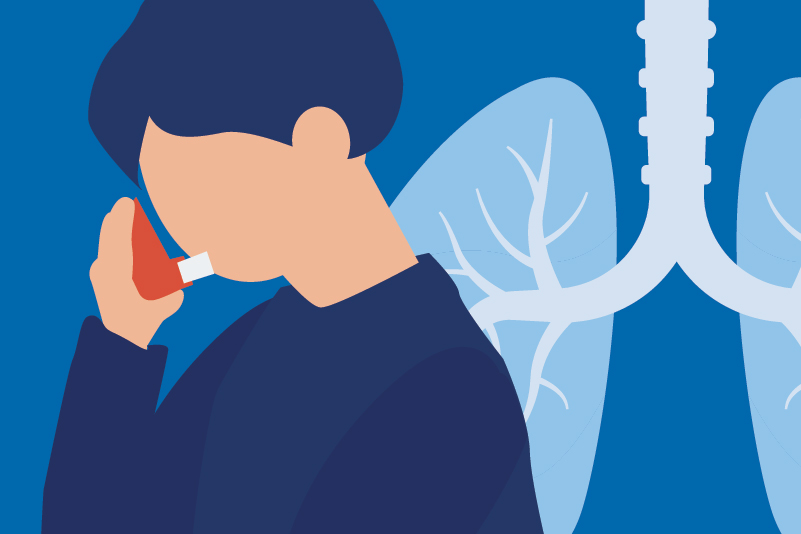#66 Which is the best puffer for initial therapy in COPD?

Reading Tools for Practice Article can earn you MainPro+ Credits
Join NowAlready a CFPCLearn Member? Log in
- Cochrane review1 of seven Randomized Controlled Trials (RCTs) of 12,123 patients comparing tiotropium to LABA (formoterol, indacaterol, salmeterol) over 3-12 months.
- More patients exacerbation-free with tiotropium: 72.7% versus 70.5% with LABA, Number Needed to Treat (NNT)=46.
- INVIGORATE:2 One year RCT (3,444 patients) randomized to tiotropium 18 mcg or indacaterol 150 mcg, each once daily.
- More patients exacerbation-free with tiotropium: 65% versus 60% with indacaterol, NNT=20.
- No difference in mortality or quality of life.1,2
- INSPIRE:3 Two year trial (1,323 patients) comparing tiotropium 18 mcg daily to salmeterol/fluticasone 50/500 mcg BID.
- No difference in exacerbations, and no clinical difference in quality of life.
- While there were differences in some secondary outcomes, drop-out was high (39%) and no outcome data was collected on drop-outs.
- Cochrane reviewers4 felt the results were unreliable.
- FLAME:5 One year RCT (3,362 patients) comparing indacaterol/glycopyrronium 110/50 mcg once daily versus salmeterol/fluticasone 50/500 mcg BID.
- LAMA/LABA versus LABA/steroid had lower:
- Exacerbation rate 0.88 (0.82-0.94).
- Risk of pneumonia: 3.2% versus 4.8%, NNT=63.
- No difference in mortality and no clinical difference in quality of life.
- LAMA/LABA versus LABA/steroid had lower:
- Meta-analysis of eight trials (4,392 patients) showed similar results.6
- Cochrane review7 (seven studies, 5,997 patients).
- No difference in exacerbations and no clinical difference in quality of life.
- Steroids caused more pneumonia, and possibly increased mortality (odds ratio 1.17, 95% CI 0.97-1.42).
- Most trials above were industry funded, generally favoring the sponsor’s drug.
- Inhaled steroids increase the risk of pneumonia8 [Number Needed to Harm (NNH)=44] and fractures9 (NNH=83).
- Guidelines,10 written before many of these trials were published, recommend tiotropium or LABA as initial therapy.














